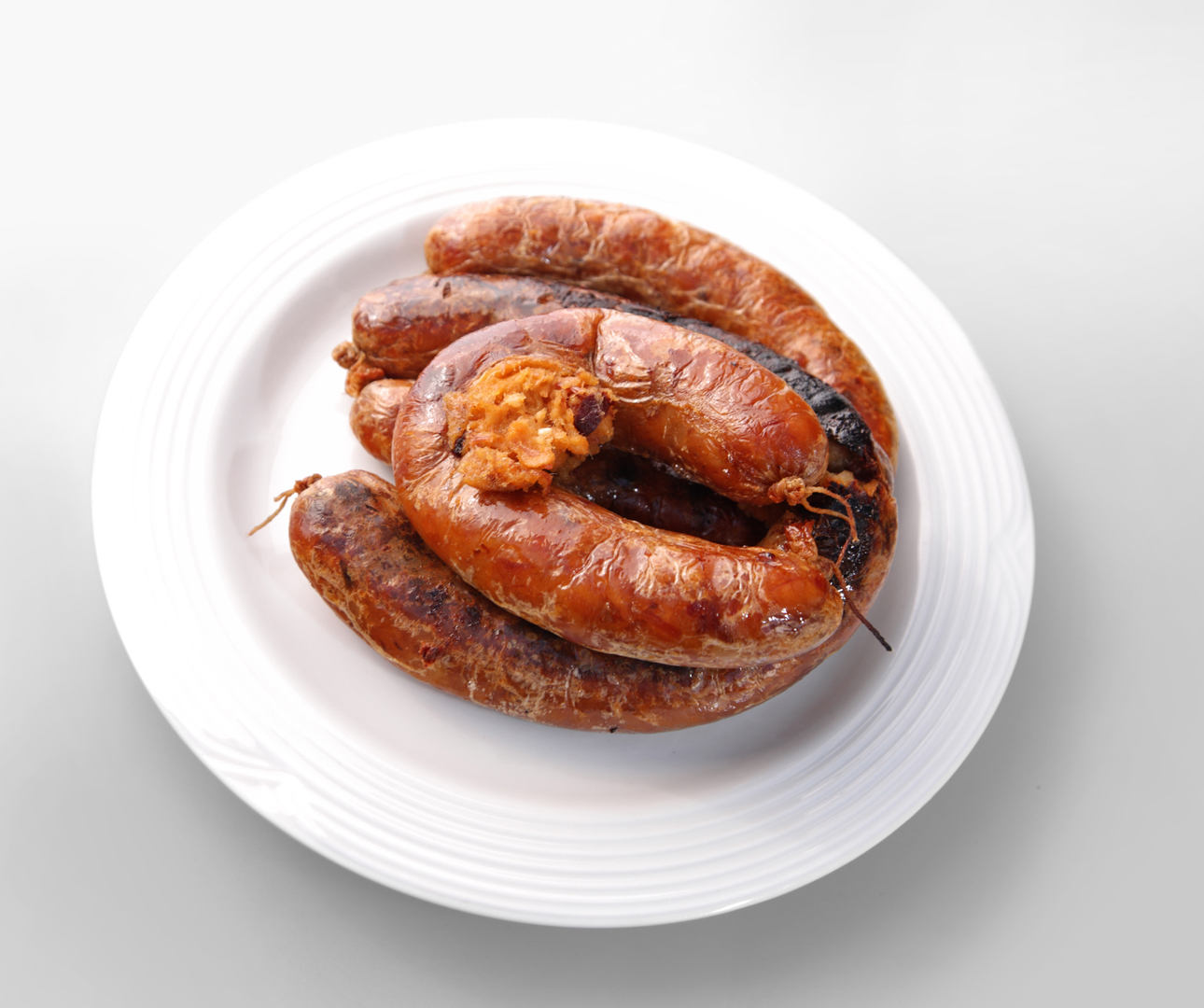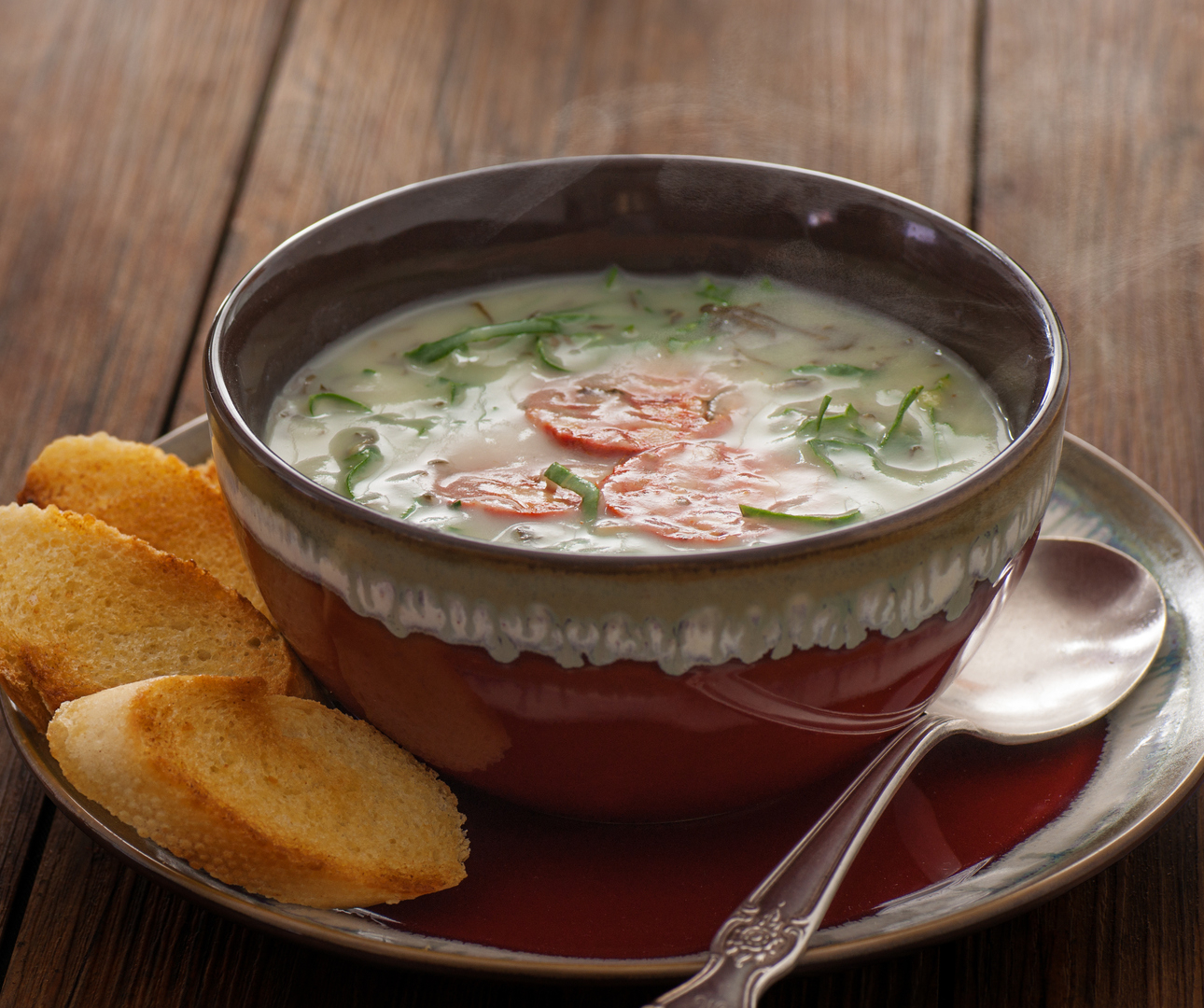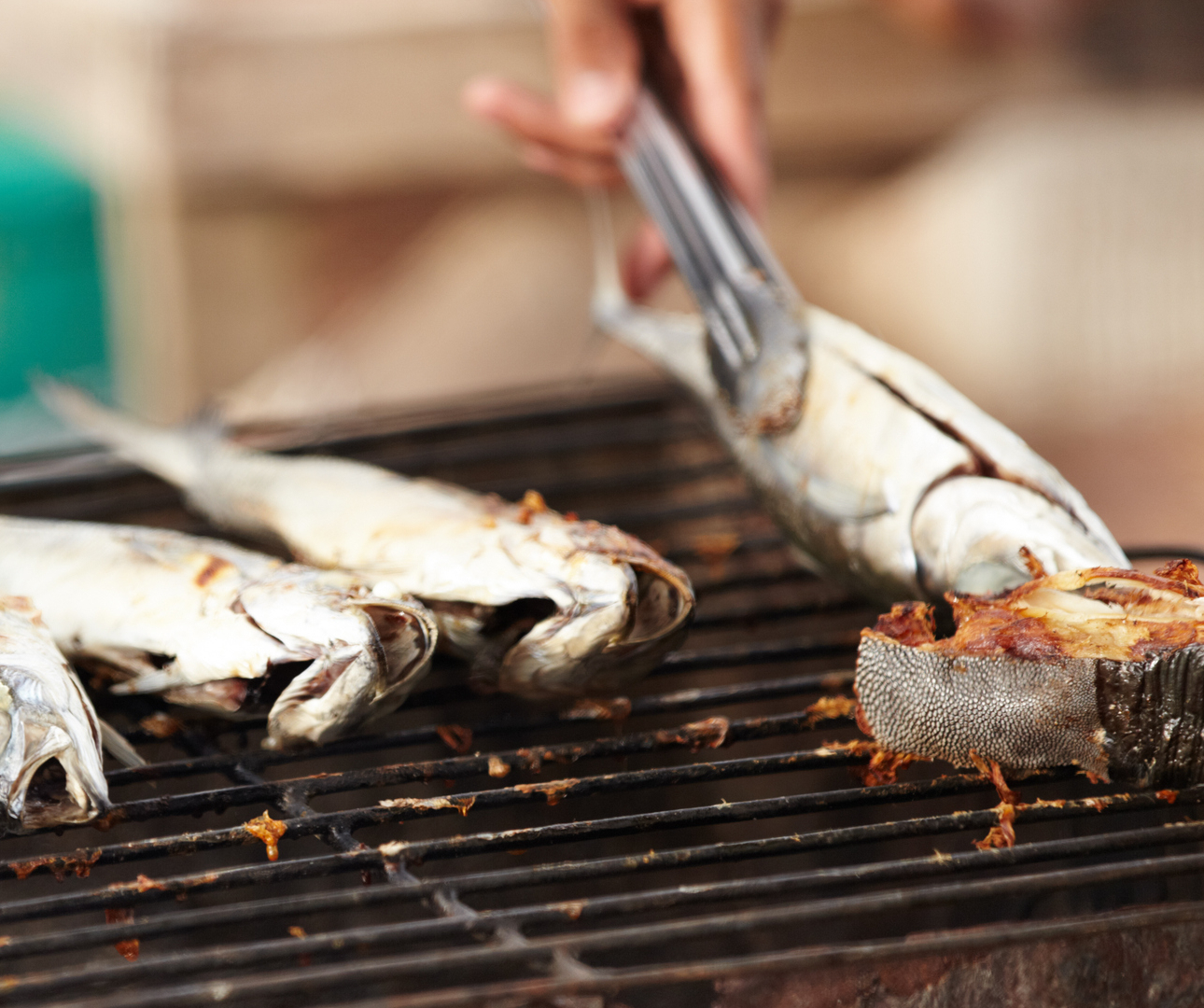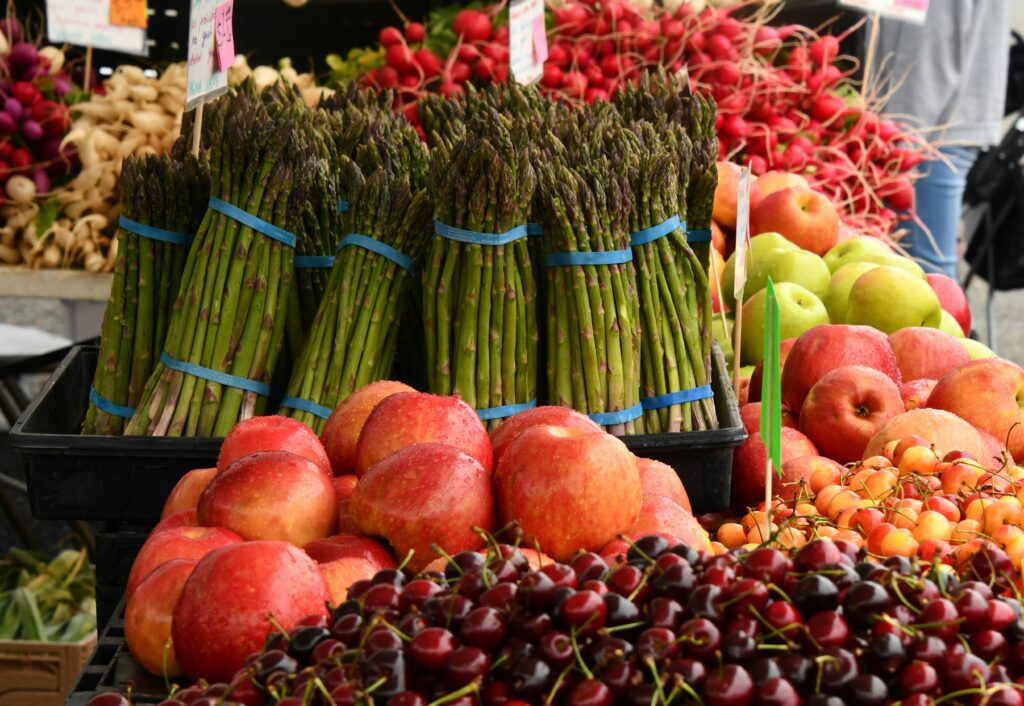Portuguese food is all about local ingredients and big, powerful flavors. Whether you plump for the salty punch of bacalhau, the sweet custardy kick of pastel de nata, or the pungent combination of paprika, garlic and bay leaves that forms the basis of many local recipes, traditional Portuguese dishes offer bold and beautiful flavors.
To guide you on your culinary explorations, here’s our pick of the top 10 Portuguese foods to try on your next trip.
View this post on Instagram
Pastel de Nata
Portuguese Egg Tarts © iStock/TanukiPhoto
Portugal’s famous egg custard tart, in fact the mother of all custard tarts, Pastel de Nata doesn’t just have a continental standing but a global one. Sent all over the world, the best have lemon juice squeezed through their custard and a little nutmeg sprinkled upon their glossy film of a lid.
Pastel de Nata has a rich history dating back to the 18th century in Lisbon. It was created by Catholic monks at the Jerónimos Monastery, who used egg whites to starch their clothes and had leftover yolks. These yolks were then used to make the custard filling.
Peixe Grelhado
Peixe Grelhado, or grilled fish, is one of the most popular traditional Portuguese dishes, known for its simplicity and fresh flavors. Its history dates back to ancient times when fish was a staple food for coastal communities. This cooking method allows the natural flavors of the fish to shine through, resulting in a delicious and healthy meal.
Drizzled in olive oil, sprinkled with chunks of salt and grilled over charcoal until the skin turns crispy, Peixe Grelhado is the bass note of every Portuguese menu, and for good reason. Applied to almost every fish, this marinade can most often be found on red snapper, sardines, bass, bream and mackerel. Grilled over an open flame, the dish is often served with a side of vegetables or a salad.
Alheira de Mirandela
Alheira © iStock/Luso
Alheira may look like a sausage, but it’s so much more. In fact Alheira de Mirandela is a unique Portuguese sausage with a fascinating history. Originating in the Jewish community of Mirandela during the Inquisition, it was created as a way for Jews to disguise their identity and avoid persecution. The sausage was made to resemble chorizo, but instead of pork, it was filled with a mixture of bread, poultry, and game meats. This allowed Jews to appear to be eating pork, a forbidden food, while actually adhering to their dietary laws.
The sausage is traditionally smoked over oak wood, giving it a distinct flavor. It is typically served grilled or roasted, often accompanied by potatoes or vegetables, or enjoyed with a fried egg and served with French fries.
You may also like: Everything You Need to Know About How to Order Food in Spain
Bacalhau
Bacalhau is simply salted, dried cod, but this humble ingredient features in over a thousand Portuguese recipes. Whether roasted à Lagareiro, cooked in a casserole bacalhau à brás or simply stuffed in bar snacks like croquettes, the salt cod has an intense flavor that is is dangerously addictive.
This traditional Portuguese dish became popular during the Age of Discovery in the 15th and 16th centuries when Portuguese sailors needed a way to preserve fish for long voyages and salt cod proved to be an ideal solution.
The fish was caught in the cold waters of the North Atlantic, particularly off the coast of Norway, and then salted and dried on board the ships. This allowed the fish to be stored for months without spoiling, making it a valuable source of sustenance for the sailors.
Bifana
A decadent sandwich if ever there was one, bifana contains thinly sliced pork marinated in a garlic and white wine mixture, fried in a lardy sauce and then slapped between the folds of a Portuguese roll.
This traditional sandwich is a popular street food in Portugal, enjoyed by locals and often garnished with mustard and served with French fires and a side of pickles.
Caldo Verde
Caldo Verde © iStock/TheCrimsonMonkey
A much-loved local dish, Caldo Verde might seem like cabbage soup to the uninitiated. Deceptively difficult to prepare, it has its greens cut up in very particular ways, absorbing much of the faint smoky flavor imparted by the addition of barbequed Portuguese sausage.
This traditional Portuguese soup is made with potatoes, kale, onions, garlic and chorizo or linguica sausage. It’s a popular dish during the colder months, often served as a starter or main course.
The dish dates back to the 16th century when Portuguese explorers brought potatoes and kale from the New World to Europe. The soup was originally made with cabbage, but kale became the preferred green due to its availability and nutritional value.
Carne de Porco Alentejana
Portugal’s version of surf and turf involves great mounds of pork and clams. Tumbled in a mixture of paprika, garlic, bay leaf and coriander, when the clams are added to the mix they open up, letting their divine salty juices trickle onto the pork.
The dish is typically made with pork loin or shoulder and is served at family gatherings and celebrations. Originating in the Alentejo region of Portugal, Carne de Porco Alentejana was introduced by the Moors during their occupation of the Iberian Peninsula. its renowned as comforting and satisfying dish that showcases the flavors of the region.
Ovas
Portugal is a country with a longstanding love of seafood, and as such there are a variety of local recipes that make use of the entire fish – even the egg sacs! This popular local salad takes the egg sacs and tosses them with onion, bell peppers, tomatoes and lettuce. It’s much tastier than it sounds, we promise.
Ovas, also known as fish roe, are a delicacy in Portuguese cuisine, particularly in the Algarve region. They are the eggs of various fish species, including hake, mullet and tuna.
In the Algarve, ovas are typically harvested from mullet, which are abundant in the region’s coastal waters. The roe is carefully removed from the fish and cleaned, then salted and cured to preserve it. The resulting product is a rich, flavorful delicacy that is often enjoyed as a topping for bread or crackers, or as an ingredient in salads and other dishes.
Making A Living From the Ocean © iStock/Yuri_Arcurs
Sardinhas assadas
Despite lots of delicious fish varieties giving sardines a run for their money, it’s the little nibbler that remains the most beloved. Affordable and delicious, they form the perfect accompaniment to jugs of sangria or served up with lots of vegetables.
A traditional and beloved dish in Portuguese cuisine, particularly during the summer months when they are in season, these small, oily fish are abundant in the coastal waters and have been a staple of the country’s diet for centuries.
Sardinhas assadas are typically grilled over an open flame, which imparts a smoky flavor to the fish and crisps the skin. They are a popular street food and are often served with a simple seasoning of salt and olive oil, which enhances their natural flavor.
Salame de chocolate
Also found in Italy, this ubiquitous chocolate “salami” can be bought in most food shops and pastelarias across Portugal. A moreish mixture of dark chocolate, nuts and broken up cookies, this sweet treat rivals even the great Pastel de Nata.
The mixture is shaped into a log, rolled in powdered sugar, and chilled until firm. When sliced, the dessert resembles a salami, with the crushed biscuits and nuts or fruit resembling the meat and fat in a traditional salami.
* T&Cs apply







